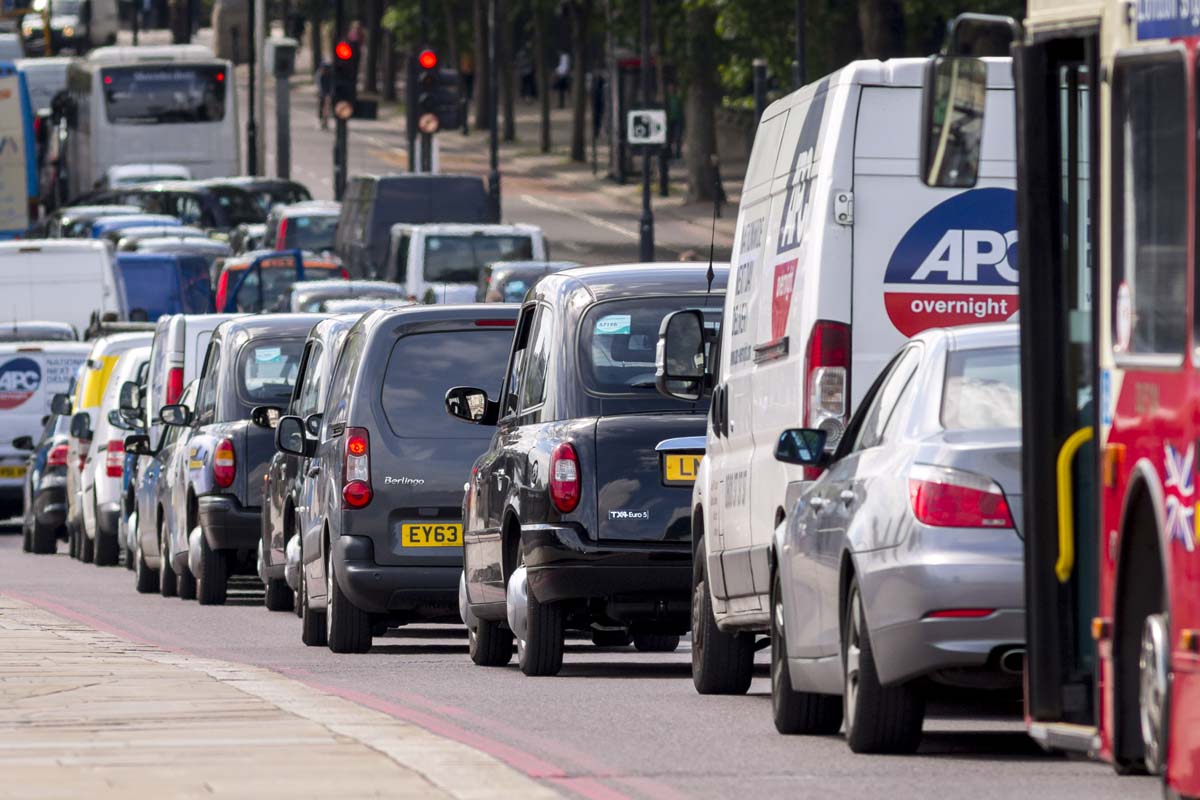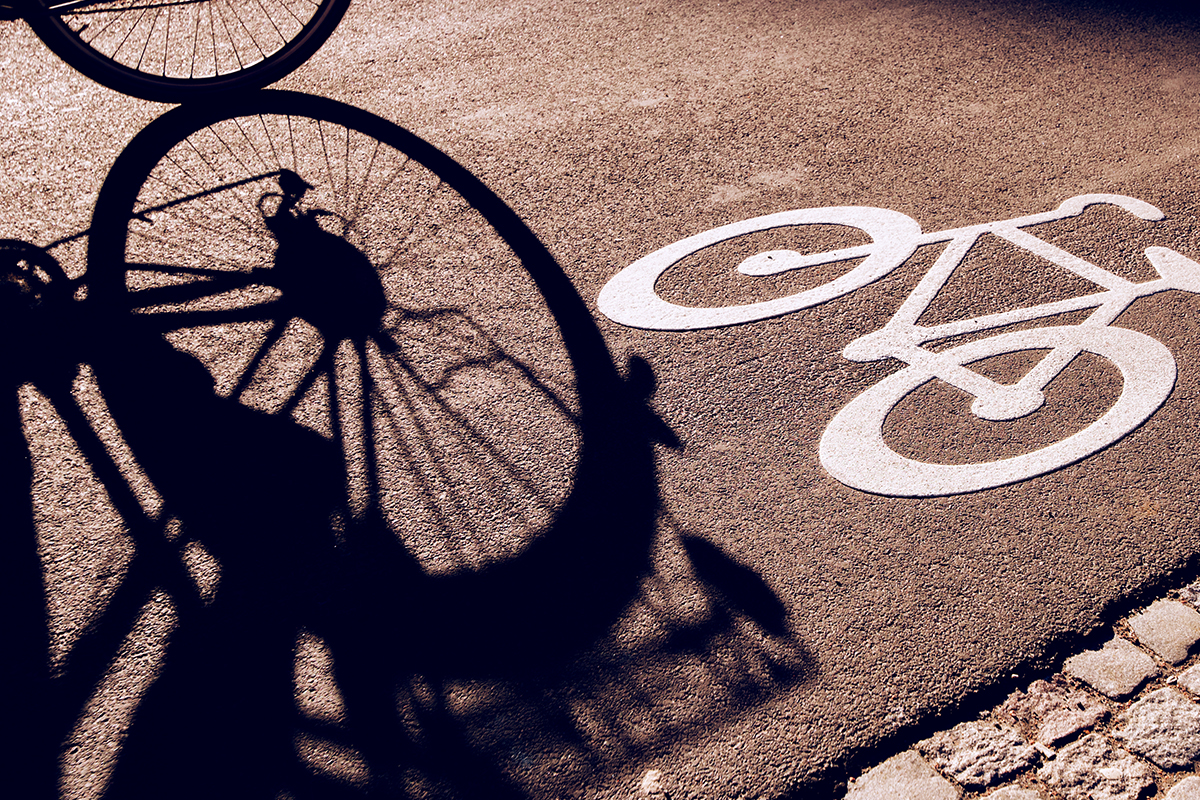Inactive travel: What are the problems with the current transport system?
23 February 2022

Inactive travel, which refers to modes of transportation that involve minimal physical activity, poses several challenges that have adverse effects on individuals’ health and the environment. Inactive travel is one of the key problems with the current transport system. Over the past century, our towns and cities have been designed around making it easier to travel by car and less appealing to walk and cycle. The car is now the dominant form of transport, where people would have previously walked, cycled or taken public transport.
What are the problems with the current transport system?
The current transport system faces several challenges that hinder its efficiency, sustainability, and impact on the environment.
Problems with this include:
- Declining health due to inactivity
- Increased congestion
- Increased pollution
- Road traffic accidents
- Reduced social cohesion
Addressing the problems with the current transport system associated with inactive travel requires a shift in mindset and a comprehensive approach. Encouraging active modes of transportation, such as walking, cycling, or using public transportation, can significantly reduce sedentary behaviour and promote physical activity. Investments in infrastructure, such as pedestrian-friendly paths, cycling lanes, and well-connected public transport systems, are crucial to facilitate and encourage active travel.
In this article our Associate, James Bailey, explores the various problems caused by our current state of inactive travel and the possible solutions.





